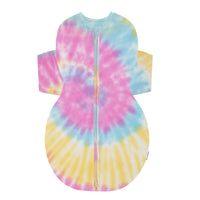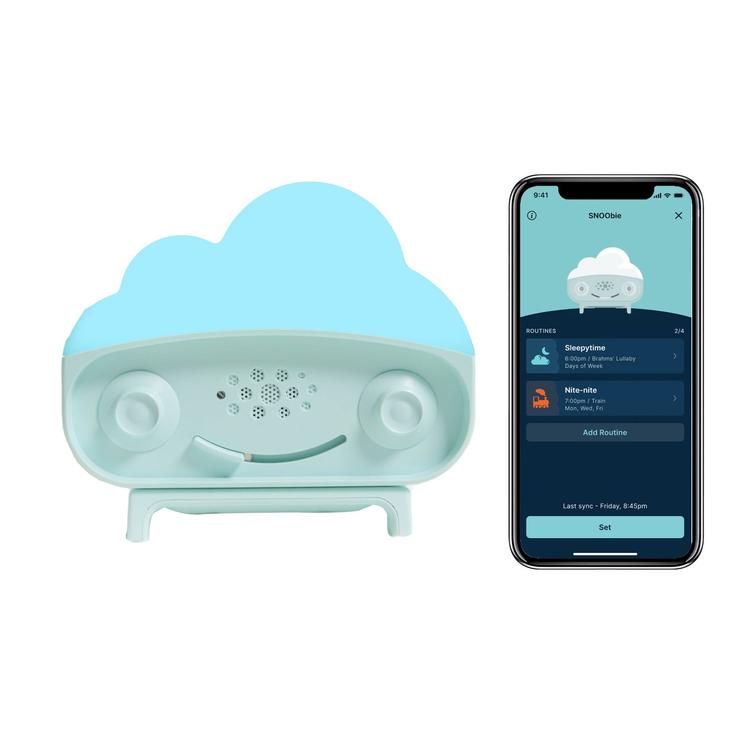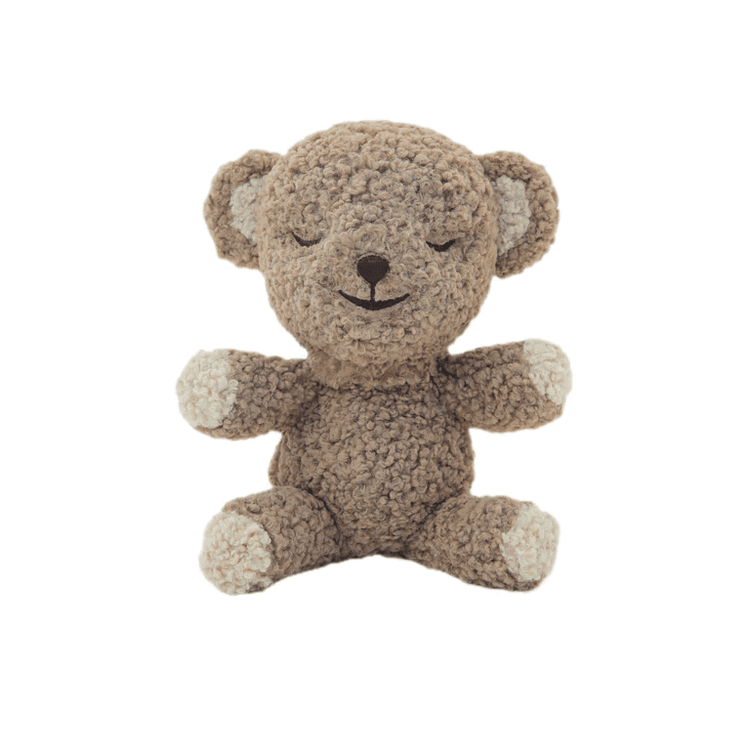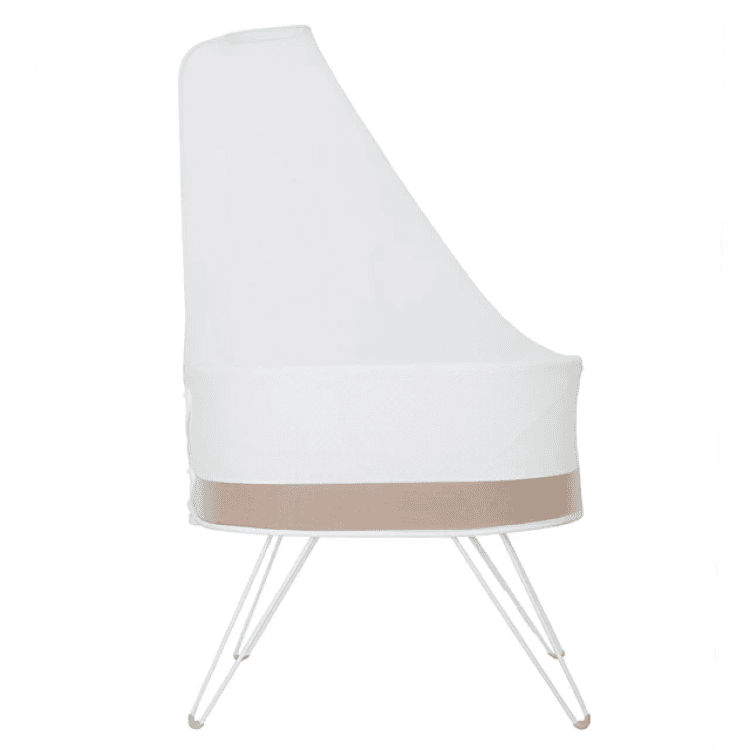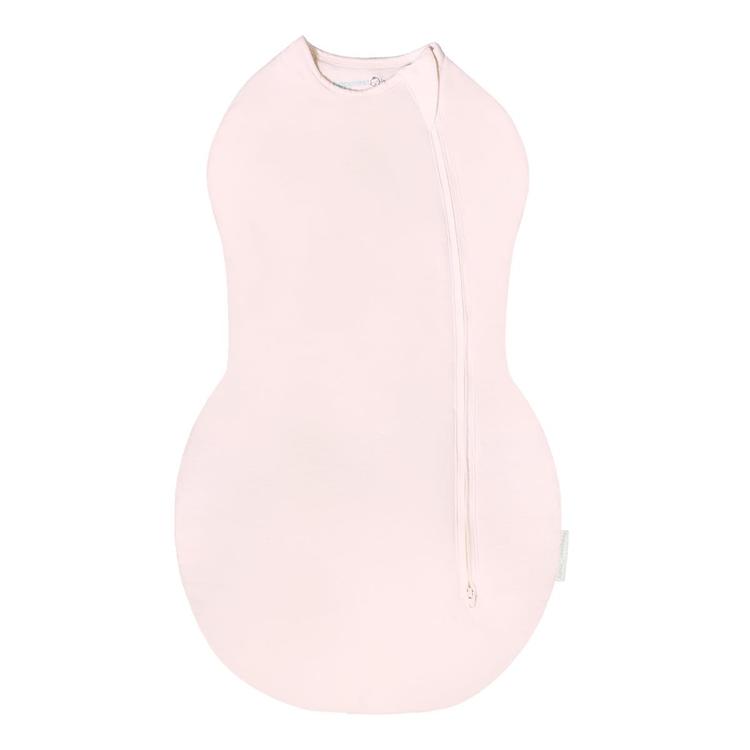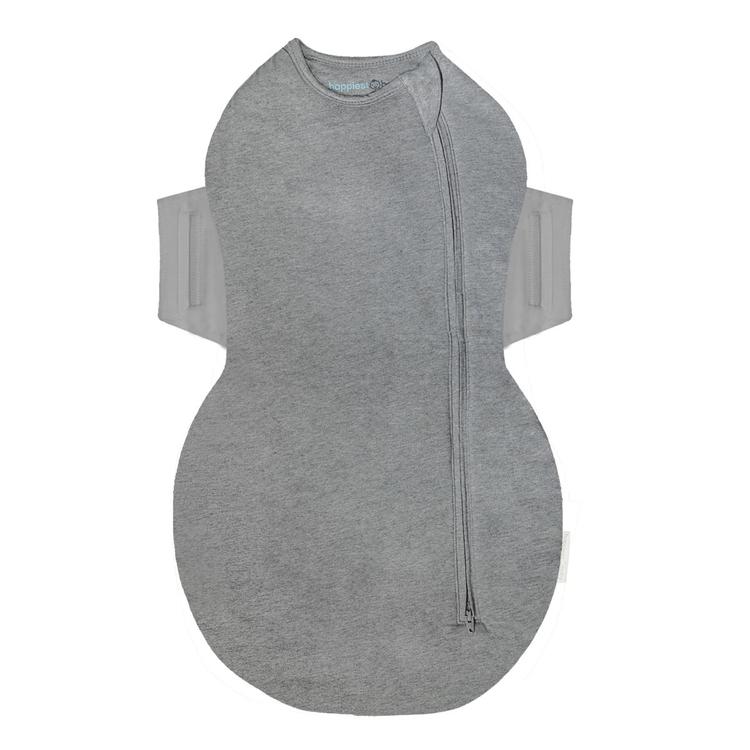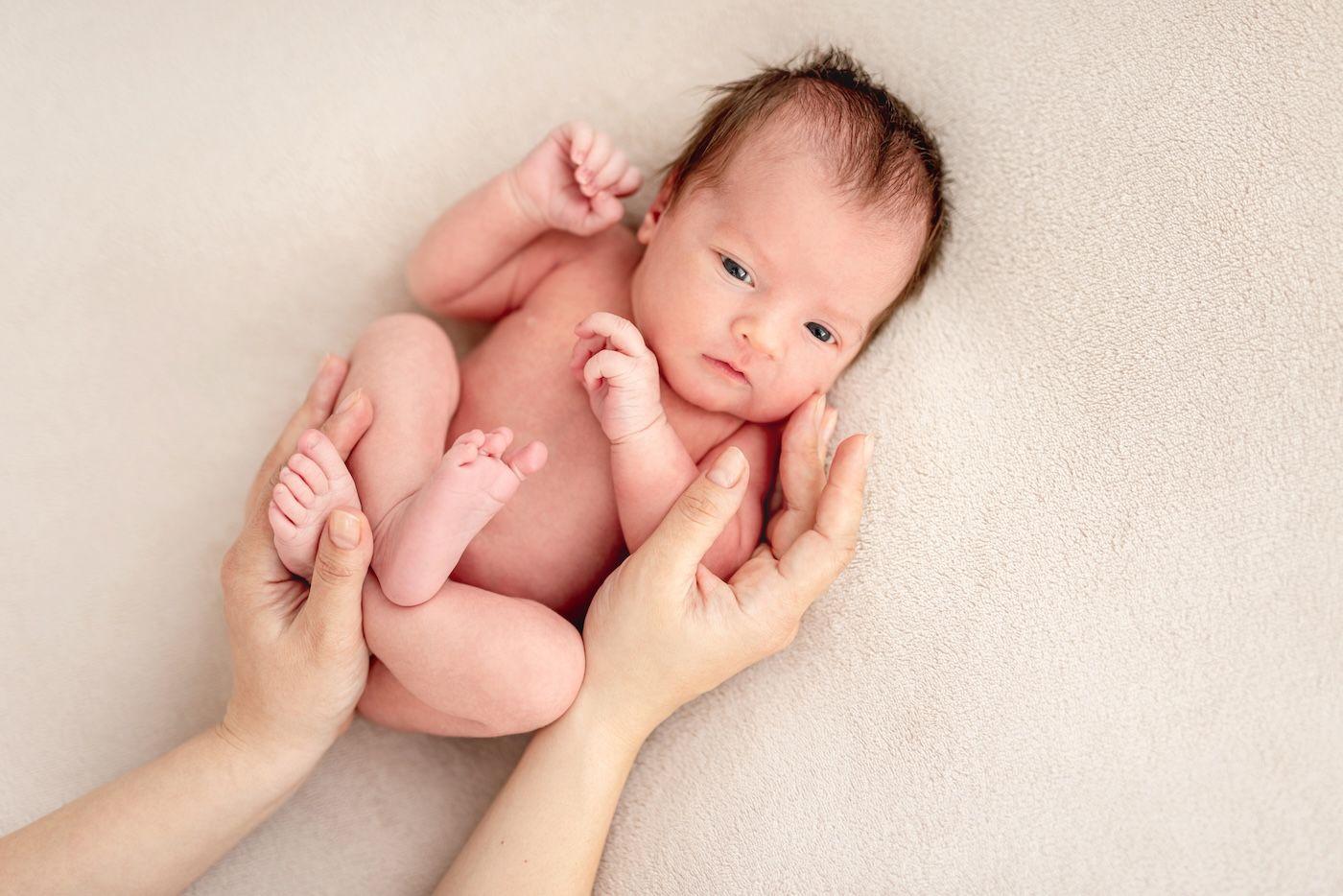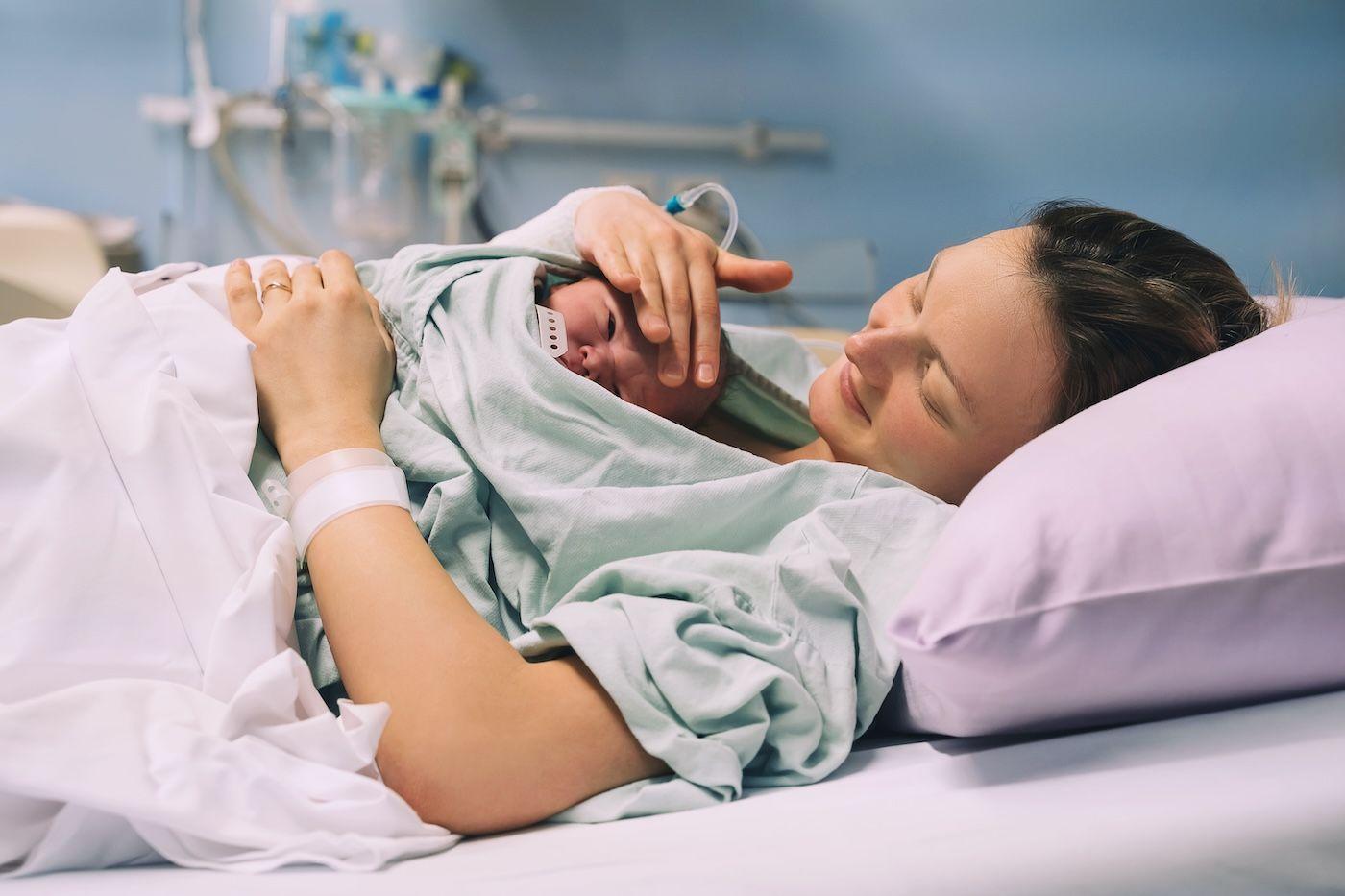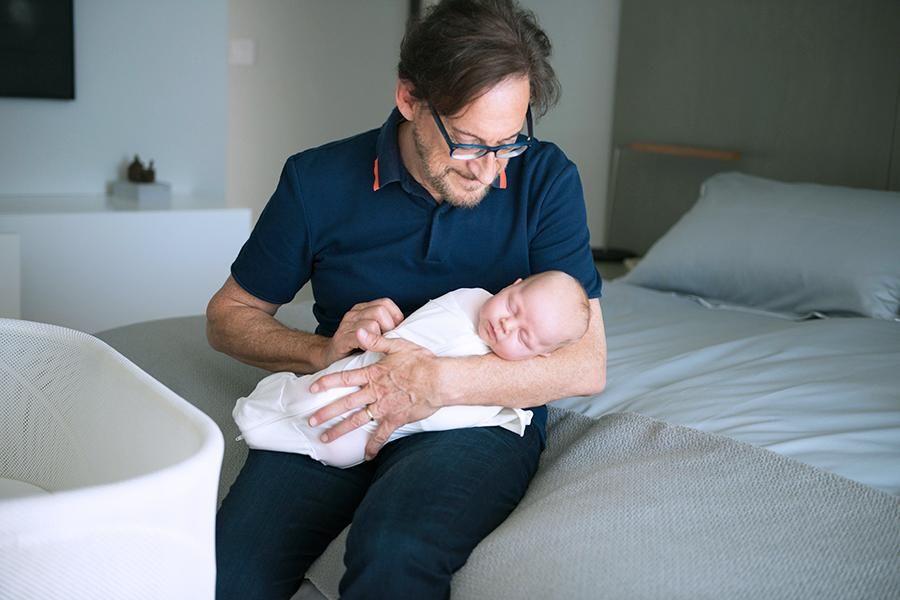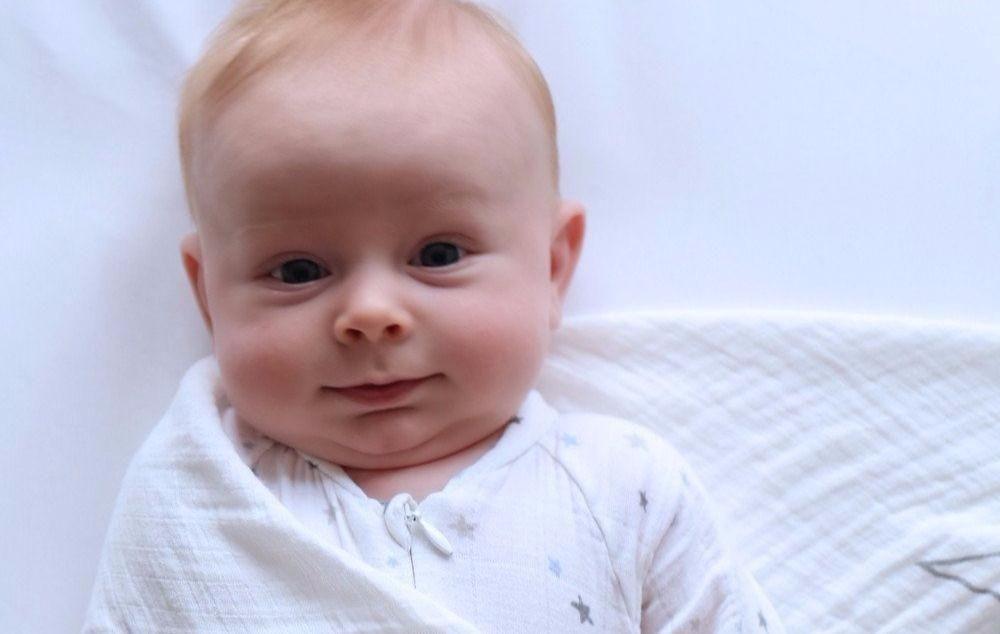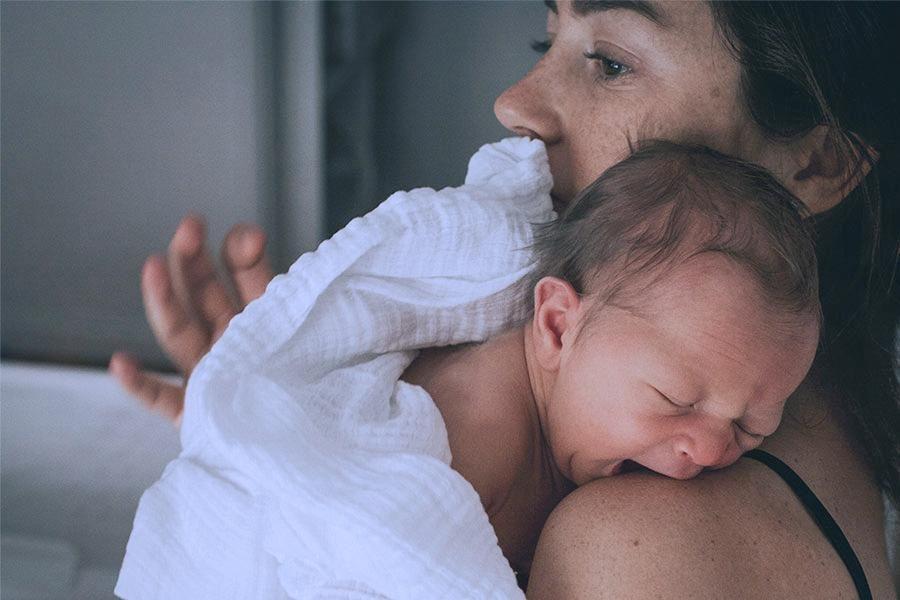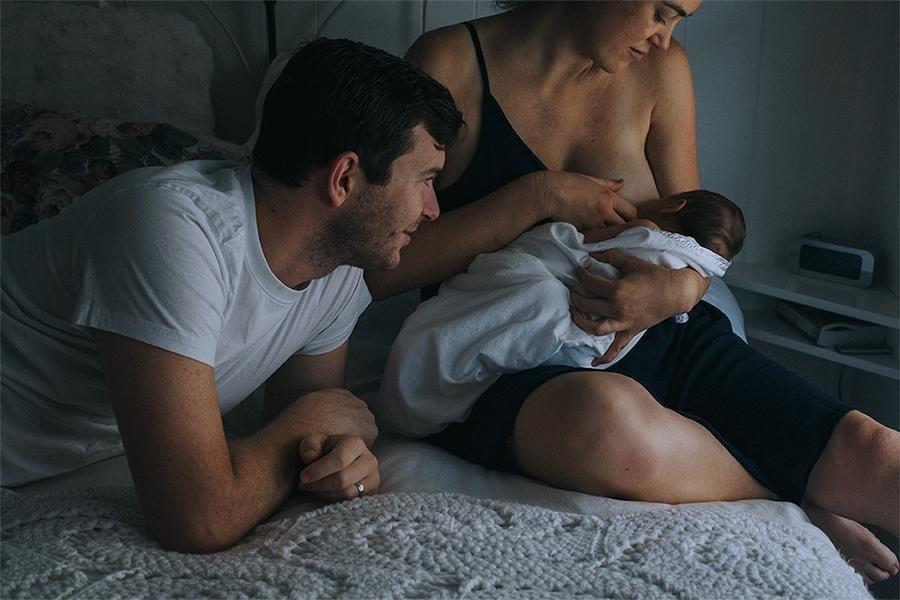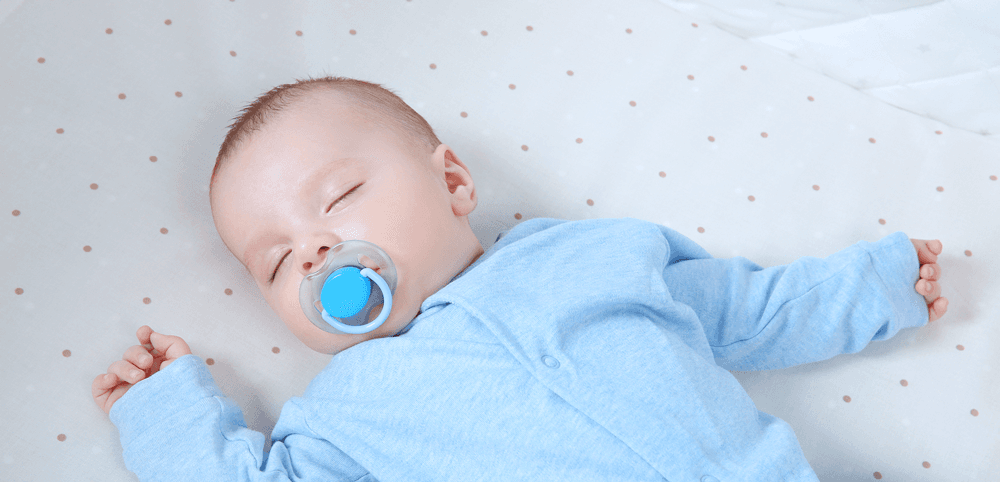You may sleep curled on your side, splayed on your back, or face down with one leg dangling off the side of the bed. And if you are comfy and rested, you are golden! Unfortunately, it is not that simple with babies. For example, if your mini copy-cats your favourite sleep position, they may be putting themselves at an elevated risk for sudden unexplained infant death (SUID). Here, all the information you need on newborn baby sleep positions—and how they stack up in terms of safety.
Safest Sleeping Position for Newborn Babies: On the Back
Placing your newborn to sleep on their back is considered as one of the most effective things you can do to lower your baby’s risk of SUID, according to the NHS (National Health Service). And you should continue doing just that at bedtime and naptime for the entirety of your baby’s first year. After all, the rate of sudden infant deaths plummeted in the UK by 40% once the "Back to Sleep" campaign began that heavily encouraged safe back-sleeping for babies.
You see, when your baby is placed in this gold-standard sleep position, they not only can breathe easier, but they are far less likely to aspirate or choke on spit-up than when in other sleep positions. (When babies snooze on their back, their trachea lies on top of their esophagus, making it virtually impossible for spit-up or vomit from the esophagus to pool in the trachea, causing harm.) And as a bonus, research shows that babies who snooze on their backs are less prone to fevers, stuffy noses, and ear infections, too.
To ensure your baby remains safely on their back during all sleeps, consider our award-winning SNOO Smart Sleeper. It is the only bassinet featuring a safe swaddling system, which keeps infants in a safe position while sleeping.
Unsafe Sleep Positions for Babies
Bottom line is that babies are safest when sleeping on their backs. No other sleep position compares. However, babies do wiggle and roll; in-laws and babysitters sometimes follow their own safe sleep rules; and although many parents intend to only place their infants on their backs for sleep, it seems that only about 44% of mums actually follow through with that safe-sleep plan. In the end, many babies are not consistently sleeping on their back. Instead, here is how they are sleeping—and what that means for their safety:
Babies Sleeping on Their Stomach
There are several reasons why stomach sleeping is never recommended for infants. First, it is believed that babies who sleep on their stomachs may obstruct their airway, hindering breathing. Plus, when babies sleep on their stomachs anything they spit up or throw up can collect at the opening of their trachea, greatly increasing the odds that they could aspirate or choke. A belly-down position may also interfere with your baby’s ability to distribute heat, which can lead to overheating, another cause of SUID. But perhaps most importantly, research suggests that babies who sleep on their stomachs may be 'rebreathing' their own oxygen, which can boost a baby’s carbon dioxide levels and reduce their oxygen levels at the same time. For most babies, taking in this kind of stale air would trigger their brain to wake them and cry so that they could inhale fresh oxygen. But sometimes this wake-and-breathe signal misfires for babies, making belly-sleeping super dangerous. The sobering fact is that almost 49% of infants who die in their sleep are discovered on their tummies.
Babies Sleeping on Their Side
Just because curled-up side-sleeping is often dubbed the 'fetal position' does not mean it is safe for babies! In fact, side-sleep is not safe and has been found to increase the chance that infants will roll onto their stomachs. As a sad reminder: Almost half of all babies who die in their sleep are discovered on their tummies. And if you think using a strategically placed pillow, rolled cloth, or another item will prevent your side-sleeper from rolling onto their tummy, know that these objects simply pose a different risk: They increase your baby’s chances of entanglement or suffocation.
Occasional Unsafe Sleep Positions for a Baby
Even brief or infrequent side- or stomach-snoozing is dangerous. According to the study on infant sleeping positions, babies who are accustomed to sleeping on their backs, but who are then placed on their stomachs or sides to sleep—maybe by a grandparent, babysitter, or daycare worker—are at a 'significantly higher risk' for SIDS than other babies. Again, that means that babies should always be placed on their backs to sleep until they reach their first birthday.
Safe Sleep Solutions for Stomach- and Side-Sleepers
It is no wonder babies often like snoozing on their bellies or sides. Holding babies in a side/stomach position is actually one of the 5 S’s, which are womb-like sensations that tap a baby’s calming reflex, an innate neurological response that works as nature’s 'off switch' for fussing. (The rest of the S’s include swaddling, shushing, swaying, and sucking.) While holding babies in the side or stomach position is great at calming little ones, it is not safe for sleep.
But there is hope! Most babies who initially prefer to rest on their side or stomach do very well when placed in SNOO because our smart sleeper replaces their favourite S with three other S’s: white noise (shushing), gentle rocking (swaying), and a secure swaddle that keeps your baby nestled on their back. You can also add another calming S to further comfort your baby by introducing a dummy (sucking). (If your baby is breastfed, wait until nursing is going well.)
For even more info on safe sleep, check out:




